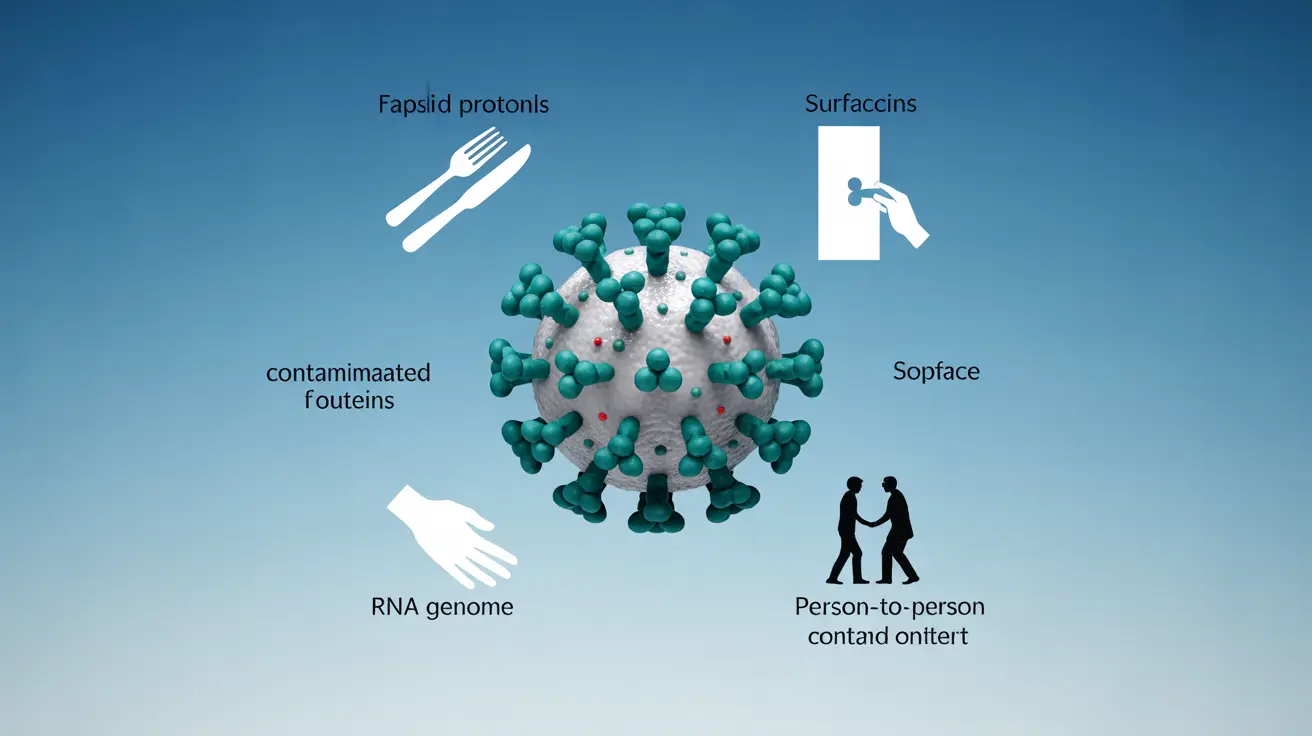Getting hit with norovirus, commonly known as the stomach flu, can be a miserable experience. But what happens when symptoms return shortly after recovery? Understanding the possibility of norovirus reinfection and how to prevent it is crucial for protecting your health.
This comprehensive guide explores the science behind norovirus reinfection, immunity patterns, and essential prevention strategies to help you stay healthy.
Understanding Norovirus and Reinfection Risk
Norovirus is highly contagious and can affect people multiple times throughout their lives. Unlike some viruses that provide long-lasting immunity, norovirus immunity is typically short-term and strain-specific, making reinfection possible even within a short timeframe.
How Norovirus Immunity Works
When you recover from norovirus, your body develops antibodies against that specific strain. However, this immunity is usually temporary, lasting only a few months. Additionally, there are many different strains of norovirus, and immunity to one strain may not protect you from others.
Factors Affecting Reinfection
Several factors influence your susceptibility to norovirus reinfection:
- Exposure to different viral strains
- Weakened immune system
- Poor hand hygiene
- Close contact with infected individuals
- Contaminated food or surfaces
Common Transmission Routes
Norovirus spreads primarily through:
- Direct contact with infected individuals
- Consuming contaminated food or water
- Touching contaminated surfaces
- Exposure to viral particles in the air after someone vomits
Prevention Strategies After Recovery
To minimize your risk of reinfection, consider these essential preventive measures:
Personal Hygiene
- Wash hands thoroughly with soap and water for at least 20 seconds
- Use hand sanitizer when soap isn't available
- Avoid touching your face with unwashed hands
Environmental Precautions
Maintain a clean environment by:
- Disinfecting frequently touched surfaces
- Using bleach-based cleaners for contaminated areas
- Washing potentially contaminated linens and clothing
- Properly handling and disposing of contaminated materials
Frequently Asked Questions
Can you get infected with norovirus more than once within two weeks?
Yes, it is possible to get norovirus multiple times within two weeks, especially if you're exposed to different strains of the virus. Each strain can cause a separate infection because immunity to one strain doesn't necessarily protect against others.
How long does immunity last after a norovirus infection and can it protect against different strains?
Immunity after a norovirus infection typically lasts between 6 months to 2 years, but this protection is usually strain-specific. You can still become infected with different strains of norovirus even while having immunity to one strain.
What are the most common ways norovirus spreads and leads to reinfection?
Norovirus commonly spreads through direct contact with infected individuals, consuming contaminated food or water, touching contaminated surfaces, and exposure to viral particles in the air after someone vomits. Reinfection often occurs due to these transmission routes combined with exposure to different viral strains.
How can I prevent catching norovirus again shortly after recovering?
To prevent reinfection, practice thorough hand washing, avoid close contact with infected individuals, properly clean and disinfect surfaces, safely handle food, and maintain good personal hygiene. Pay special attention to these practices during the first few weeks after recovery when you might be more vulnerable.
Is it possible to be reinfected by the exact same strain of norovirus or usually by a different one?
While reinfection with the exact same strain is less common due to short-term immunity, it's possible, especially in people with weakened immune systems. However, most reinfections occur due to exposure to different norovirus strains, against which you may have little or no immunity.




